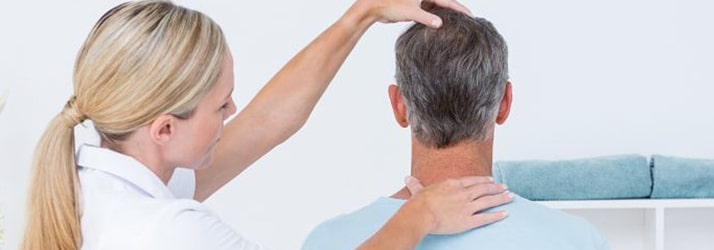
One of the most often occurring causes of shoulder pain is damage to the rotator cuff. Four muscles form the rotator cuff, which surrounds the shoulder joint and works to maximise stability. These muscles include the subscapularis, teres minor, supraspinatus, and infraspinatus. Your presentation and symptoms can change depending on whether the tendons are being pinched or whether there is a tear in one or more of the muscles. Accidental sudden tears result in instant, severe shoulder discomfort and arm paralysis. You might experience modest pain from degenerative tears, which becomes better with over-the-counter analgesics. Painkillers do not assist as the discomfort worsens over time. While not everyone experiences pain, the majority of people experience some arm and shoulder weakness. You can also visit Active Life Wellness Center for rotator cuff treatment in brampton.

Symptoms of a torn rotator cuff include:
- a challenge and discomfort brought on merely raising your arm.
- When you move your arm, you might hear or feel popping or clicking.
- shoulder ache that gets worse at night or while your arm is at rest.
- weakness in the shoulders and difficulty lifting objects.
Complications of a rotator cuff tear :
Without treatment, a rotator cuff tear may deteriorate. Your arm may be almost immobile if there is a total rip. If you don’t get treatment, you could develop chronic shoulder pain and struggle to move the affected arm. Although rotator cuff injuries cannot heal without surgery, many patients can benefit from nonsurgical treatment by building up their shoulder muscles, which will help them perform better and lessen pain. A surgery is not always necessary just because there is a rip. With nonsurgical therapies, over 80% of patients with partial tears recover. The condition may not get better for up to a year.
Nonsurgical procedures comprise:
- Rest and an arm sling will help your shoulder heal. You might need to alter your routine and put a temporary stop to some of your work or sports.
- NSAIDs help reduce swelling and pain
- learning stretching and strengthening exercises through physical therapy.
- injections of steroids to reduce pain and swelling.
Your doctor may simply need to trim the fraying ends of a partially torn tendon in order to treat a partial tear. After surgery, most patients restore shoulder strength and function within four to six months, although complete recovery might take up to 12 to 18 months.






